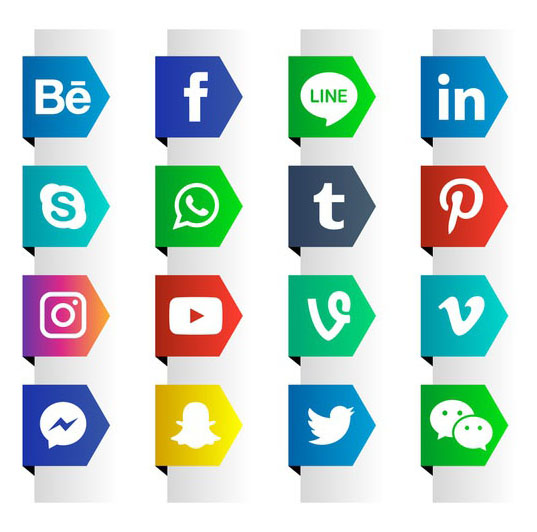The healthcare industry is one of the most critical sectors globally, and it continuously strives to improve both the quality of care and operational efficiency. A significant challenge faced by healthcare providers is optimizing clinical workflow—the sequence of tasks and processes required to deliver patient care. Inefficiencies in clinical workflows can lead to delays, increased costs, and even negatively impact patient outcomes. Fortunately, artificial intelligence (AI) and automation technologies are now transforming clinical workflows, driving significant improvements in efficiency, accuracy, and overall patient satisfaction.
Understanding Clinical Workflow in Healthcare
Clinical workflow refers to the series of steps that healthcare providers follow to deliver care to patients, from initial consultation to diagnosis, treatment, and follow-up. These workflows involve multiple tasks, including patient intake, diagnostics, lab tests, medical record management, prescriptions, and patient discharge. Given the complexity of healthcare operations, any disruption or inefficiency in these workflows can lead to bottlenecks, delays, and stress for both medical staff and patients.
The traditional clinical workflow often involves a significant amount of manual work, paperwork, and coordination between different departments. This can slow down the process, especially in busy healthcare settings like hospitals and clinics. With increasing patient volumes and administrative burdens, the need for streamlining these processes has never been more urgent.
AI and Automation: Key Drivers of Efficiency
AI and automation technologies are increasingly being integrated into clinical workflows to address these challenges. By automating repetitive tasks and assisting healthcare providers with data analysis, these technologies free up valuable time for medical staff, allowing them to focus more on patient care.
Here are some ways AI and automation are enhancing clinical workflow efficiency:
Automated Patient Intake and Scheduling
One of the first points of contact in any healthcare setting is patient intake, where administrative staff collect patient information, update records, and schedule appointments. AI-powered systems can now automate much of this process by using chatbots and self-service kiosks that allow patients to input their own information and schedule appointments without requiring human intervention. These systems can also automatically verify patient insurance details and ensure that all relevant medical histories are updated in the patient’s file, streamlining the intake process.
AI-Assisted Diagnostics and Decision Support
AI tools can assist clinicians in diagnosing diseases and identifying the best course of treatment. Machine learning algorithms can analyze medical images, laboratory results, and patient data to provide diagnostic suggestions, which can help doctors make faster and more accurate decisions. For example, AI systems in radiology can quickly detect anomalies in medical images such as X-rays or MRIs, enabling faster diagnosis and treatment. This reduces the need for time-consuming manual interpretation and allows clinicians to focus more on patient care.
Electronic Health Records (EHR) Management
The management of electronic health records (EHR) is one of the most time-consuming tasks for healthcare providers and AI enables EHR integrations. AI tools can automate much of the documentation process, reducing the burden on physicians and nurses. For example, AI medical scribes can transcribe patient interactions in real-time, ensuring that all relevant information is automatically recorded in the patient’s file. This reduces errors caused by manual entry and ensures that EHRs are up-to-date without taking up valuable time.
Clinical Workflow Automation for Administrative Tasks
AI and robotic process automation (RPA) can also assist in handling administrative tasks, such as billing, coding, and claims management. These tasks are often repetitive and prone to human error, but automation can significantly reduce the time required to process claims and ensure that coding is accurate. By automating these back-office processes, healthcare organizations can reduce administrative costs, minimize errors, and improve the overall efficiency of the clinical workflow.
Improved Communication and Collaboration
Efficient communication between healthcare providers is critical to delivering quality care. AI-powered tools can facilitate communication across departments, ensuring that medical professionals have access to the most up-to-date information at all times. For example, AI-driven communication platforms can automatically update clinicians with the latest patient information, lab results, or changes in treatment plans. This reduces the risk of missed information and improves collaboration between specialists, leading to better patient outcomes.
Predictive Analytics for Resource Management
AI can also help healthcare providers optimize the use of resources, such as hospital beds, staff, and medical equipment. Predictive analytics can analyze data on patient admissions, discharges, and disease patterns to forecast demand and allocate resources more efficiently. This helps prevent bottlenecks and ensures that hospitals and clinics are properly equipped to handle patient volumes.
The Benefits of AI-Driven Clinical Workflow Efficiency
By incorporating AI and automation into clinical workflows, healthcare providers can enjoy numerous benefits, including:
Time Savings: Automated administrative tasks and AI-assisted diagnostics free up time for clinicians, allowing them to focus more on patient care.
Increased Accuracy: Automation reduces human error in documentation and diagnostic processes, leading to more accurate records and treatment decisions.
Cost Efficiency: By automating routine tasks and improving resource allocation, healthcare organizations can lower operational costs.
Improved Patient Outcomes: Faster diagnoses, better resource management, and enhanced communication between providers contribute to improved patient outcomes and satisfaction.
Challenges and Considerations
Despite the many benefits, the integration of AI and automation into clinical workflows comes with its own set of challenges. The initial cost of implementation can be high, and healthcare providers may need to invest in training staff to work with new systems. Additionally, ensuring that AI tools comply with data security and privacy regulations, such as HIPAA, is essential to maintain patient trust and avoid legal complications.
The Road Ahead: A More Efficient Healthcare System
The future of clinical workflow lies in the continued evolution of AI and automation technologies. As these systems become more advanced, they will further enhance the efficiency of healthcare delivery, making it possible for providers to deliver faster, more accurate, and more personalized care. By embracing AI and automation, healthcare organizations can improve the overall patient experience, reduce clinician burnout, and help create a more sustainable healthcare system for the future.
In conclusion, AI and automation are powerful tools that are transforming clinical workflows. By automating administrative tasks, assisting with diagnostics, and improving communication and resource management, these technologies are driving efficiency in healthcare settings. The result is a faster, more accurate, and cost-effective healthcare system that benefits both patients and providers alike.






